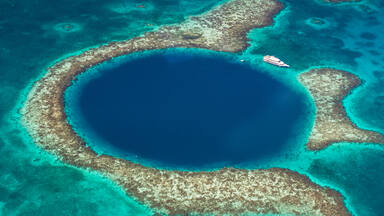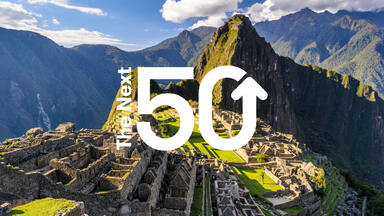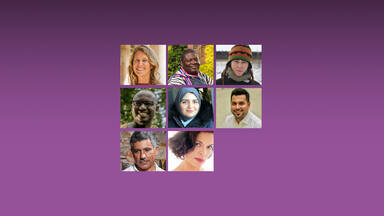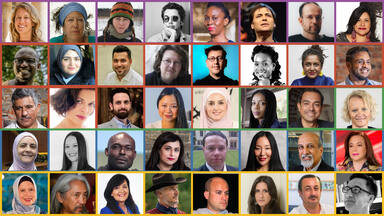Carissa Klein
Marine conservationist and scientist
Neeshad Shafi
Climate advocate and energy and policy expert
Vision for the Next 50
In the Next 50… We use a lot more science to support policy towards reducing carbon emissions and to lower the sea level for the sake of heritage protection.
In the Next 50… Young people, particularly in the MENA region, are well represented and supported to continue responding to climate issues. We recognize the crucial role they play in safeguarding heritage and indigenous communities from the pollution caused by oil and gas industries.
Summary
Carissa Klein and Neeshad Shafi focused on the relationship between human-induced climate issues and heritage preservation. They both agreed that reducing carbon emissions should be a priority to safeguard heritage. Klein emphasized the importance of scientific research to develop fact-based policies to serve heritage. She also stressed that World Heritage sites endangered by climate change must be taken more seriously. Shafi highlighted the power of youth in the Middle East and North Africa (MENA) region to stop the pollution derived from oil and gas industries. He believes that UNESCO must ensure that their voices are heard, while encouraging the youth community to take part in environmental movements for heritage.
Dialogue
Watch the dialogue
Explore other sessions
Five dialogue sessions covering five themes take place in 2022, each joined by thinkers in paired dialogue from diverse regions. The interdisciplinary dialogues inspire new visions for the next 50 years of World Heritage.



